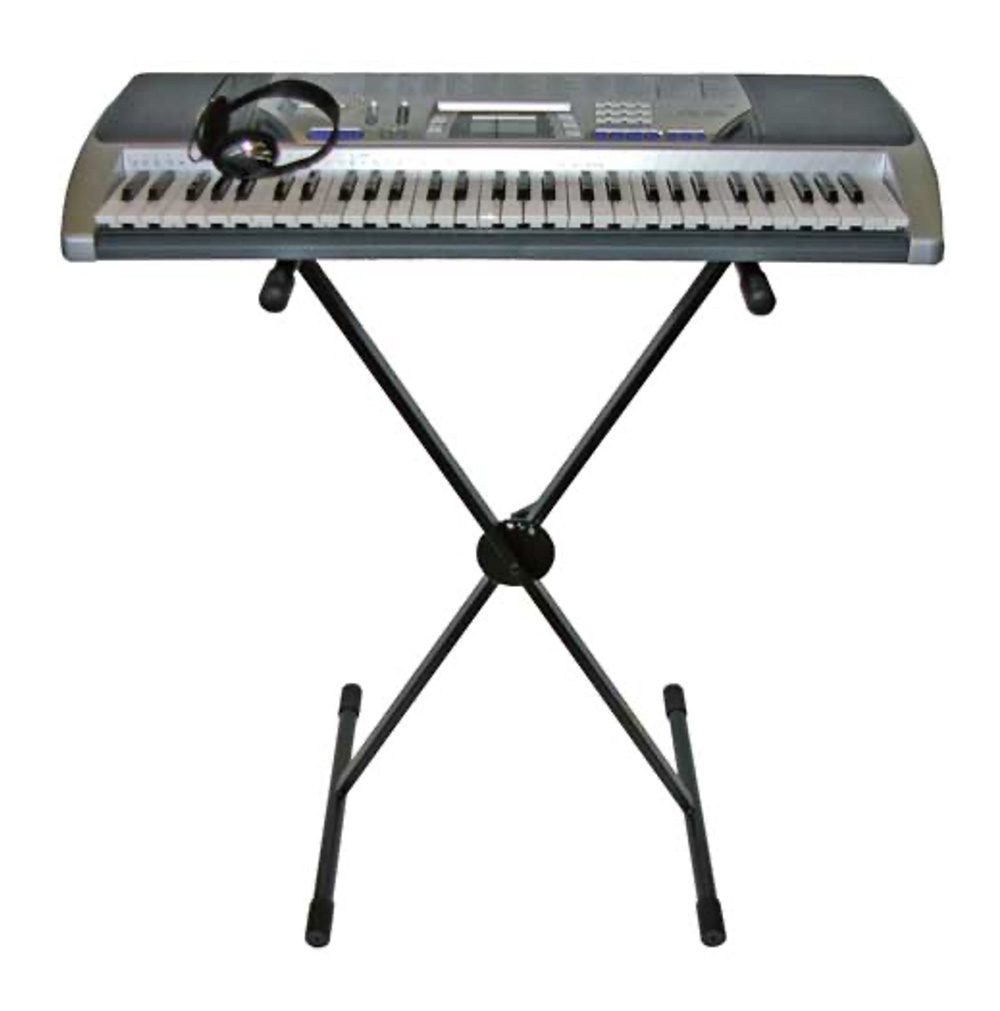Much of the practice of younger students is devoted to learning proper piano technique, which cannot be practiced and developed on a portable keyboard.
Techniques lost by the use of Portable Keyboards:
- The foundation of piano technique
- Posture & Seating position and optimal hand/arm alignment
- Musical expression and sensitivity
- Learning how to produce a beautiful tone
- The concept of weight using hands, arms and shoulders
- Arm drops and cushioning with the wrists
- Approach and release of chords
- Legato, staccato and portato touch
- Finger dexterity and evenness of touch
- Finger muscle development and large muscle motions
- Finger, hand and arm strength to develop dexterity, endurance and stamina
- Balance between melody and accompaniment using finger pressure
- Dynamics of sound
- Phrasing and voicing
- Pedaling: una corda (soft), sostenuto (bass sustain), & damper (sustain)
- Effective practice habits
- Performance confidence and competence
I can think of no better way to make a child quit piano lessons than by having him/her practice on an old and out of tune, poor quality upright piano or portable keyboard.
~ Josh Harper, piano tuner and pianist

Studies show that children who practice on portable keyboards do not progress and develop as fast as those students who practice on acoustic or digital pianos. Because practice is the foundation to the development of any skill, it is important that we equip our children for success by providing them with a quality instrument for learning. The end depends on the beginning. Playing the piano should be fun and exciting…creative and expressive, giving the player feelings of musical joy and deep satisfaction.